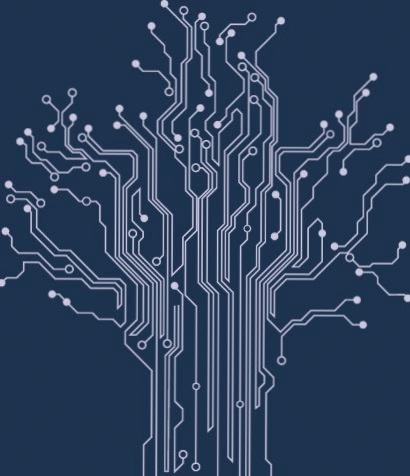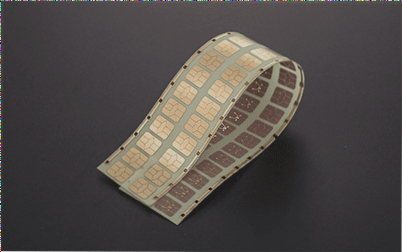Printed Circuit Boards: Rigid vs. Flexible
Printed circuit boards (PCBs) are categorized into two main types based on production materials: rigid printed boards and flexible printed boards.
Rigid Printed Boards
- Phenolic paper laminates
- Epoxy paper laminates
- Polyester glass sensor boards
- Epoxy glass laminates
Flexible Printed Circuit Boards (FPC)
FPC is a highly reliable and flexible circuit board made from polyimide or polyester film. Here are some key advantages of FPC:
- Small volume and light weight
- Movable and bendable
- Excellent dielectric properties and heat resistance
- High assembly reliability and easy operation
- Ability to achieve three-position connection installation
- Enhanced heat conduction
- 7% cost reduction
- Good processing continuity
Advantages of Flexible Printed Circuit Boards
- Compact and lightweight design
- High flexibility for bending, twisting, and folding
- Excellent electrical properties and high-temperature resistance
- Substantial assembly reliability and reduced assembly workload
- Increased strength with reinforcing materials
- High density and reliability
- Standardized and optimized properties through design protocols
Additional Information
- Modern management practices ensure productive and standardized production
- Comprehensive testing methods guarantee product quality and lifespan
- Automatic insertion of electronic components enhances quality and efficiency
- Distinct differences between rigid and flexible circuit boards
- Considerations for current-carrying capacity, shape, and flexibility





